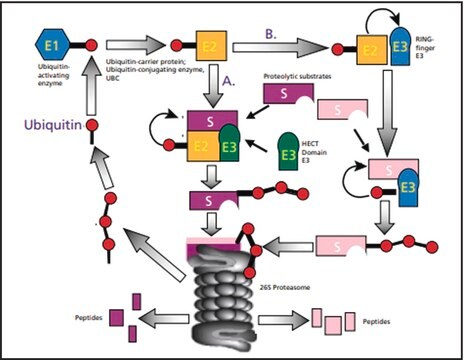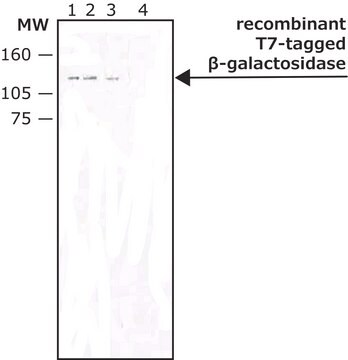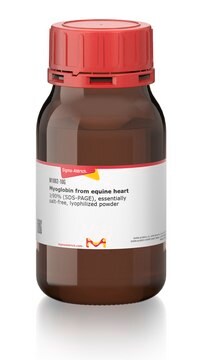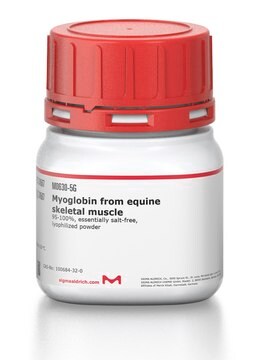U6253
Ubiquitin from bovine erythrocytes
BioUltra, ≥98% (SDS-PAGE), essentially salt-free, lyophilized powder
Sinonimo/i:
ATP-dependent proteolytic factor, Ub
About This Item
Prodotti consigliati
Origine biologica
bovine erythrocytes
Livello qualitativo
Nome Commerciale
BioUltra
Saggio
≥98% (SDS-PAGE)
Forma fisica
essentially salt-free, lyophilized powder
Condizioni di stoccaggio
(Tightly closed. Dry)
tecniche
western blot: suitable
Impurezze
salt, essentially free
Solubilità
water: 1 mg/mL, clear, colorless
N° accesso UniProt
Temperatura di conservazione
2-8°C
Informazioni sul gene
bovine ... LOC(101902760)
Cerchi prodotti simili? Visita Guida al confronto tra prodotti
Categorie correlate
Descrizione generale
Ubiquitin is a highly conserved regulatory protein. It is found in all eukaryotic cells and is virtually identical across all forms of life including yeast, humans, and plants. ubiquitin structure contains seven Lys residues and an N-terminus, all of which are target sites for ubiquitination.
Applicazioni
Ubiquitin from bovine erythrocytes can be used for in vitro ubiquitinylation assay. The product can also be used as a marker in western blotting.
Azioni biochim/fisiol
Nota sulla preparazione
Anticorpo
Codice della classe di stoccaggio
11 - Combustible Solids
Classe di pericolosità dell'acqua (WGK)
WGK 3
Punto d’infiammabilità (°F)
Not applicable
Punto d’infiammabilità (°C)
Not applicable
Dispositivi di protezione individuale
Eyeshields, Gloves, type N95 (US)
Certificati d'analisi (COA)
Cerca il Certificati d'analisi (COA) digitando il numero di lotto/batch corrispondente. I numeri di lotto o di batch sono stampati sull'etichetta dei prodotti dopo la parola ‘Lotto’ o ‘Batch’.
Possiedi già questo prodotto?
I documenti relativi ai prodotti acquistati recentemente sono disponibili nell’Archivio dei documenti.
Il team dei nostri ricercatori vanta grande esperienza in tutte le aree della ricerca quali Life Science, scienza dei materiali, sintesi chimica, cromatografia, discipline analitiche, ecc..
Contatta l'Assistenza Tecnica.







